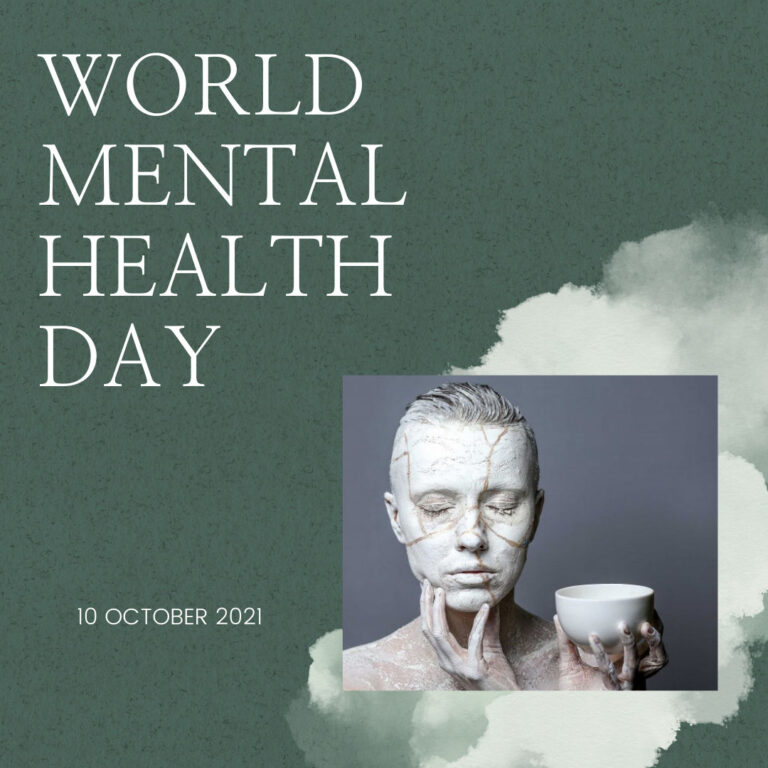
Workplace Detox
One of the positive, unintended consequences of the Covid-19 lockdowns in Italy was the improvement of the “health” of Venice’s renowned canals. With tourists back home and boat traffic restricted to essential services, the water cleared, the contaminates departed, and the fowl and sea life returned in groves. The positive outcomes of the marine “detox” have Venetians wondering, “Can we sustain this environmental recovery?” Others are asking, “How did we let it get this bad in the first place?”
If you’ve worked in a toxic workplace with toxic leaders and/or colleagues, you know that the stress of the “environment” can negatively impact the physical and emotional health of everyone in the workplace. From diminished productivity to lackluster customer service performance, toxicity can poison everything and everyone. In fact, a peer-reviewed study conducted by Ohio State University found that “Those with low job satisfaction throughout their early careers reported higher levels of depression, sleep deprivation, and anxiety by age forty.” Often, low job satisfaction is directly linked to the toxicity of the work environment. If you hate your work environment but stay for the financial necessity, your body and mind will eventually experience the fallout. The good news? With some intention, patience, and good practices, toxic settings can be successfully detoxed.
Communicate, Communicate, Communicate
The best deterrent to workplace toxicity is robust, transparent communication. If there’s a problem with a toxic coworker, everyone should know about the channels available to communicate concerns, receive feedback, and report progress on the issue. Toxicity flourishes in settings devoid of transparency and constructive feedback loops. When the need arises, whistleblowers must have opportunities to discuss toxicity and toxic personalities in anonymity. Likewise, colleagues in the toxic environment should be apprised of the actions taken to mitigate and eliminate toxicity – and no, I don’t mean confidential individual HR actions, but the leadership strategy and demonstrable actions being taken to detox the environment.
Focus on Problem Solving
Psychologists affirm that a focus on problem solving, instead of blaming, is a strategy well-suited for detoxification work. In this environment, toxic behaviours are met with a nimble, results-oriented response. The emphasis is on BEHAVIOURS. While the entire team can probably identify the person or persons at the root of the toxicity, it’s far more important to focus on the behaviours that are creating the toxic environment than the person demonstrating the behaviours. If you’ve been in leadership for a while, you’ll find that many toxic workers are actually not bad people. Instead, they’re just dealing with stress, pressure and/or personal challenges in a manner that manifests as unhealthy behaviours at work. Identify the troublesome behaviours, have the difficult conversation and develop a plan to correct them.
Build Authentic Relationships
If you want to sustain a low toxicity environment, it is essential to get to know the people you work with closely. What drives them? What are their interests and passions? The idea here is not to get chummy with the people who give you heartburn, it’s about developing relationships that extend beyond their job descriptions. While a tight knit team isn’t necessarily a toxic-free team, the closeness will provide insight into the others and the rapport needed to reshape negative behaviours into positive ones.
What can the canals of Venice tell us about detoxing our workplaces? You may not know just how toxic the environment has become until you are actively cleaning up the mess.



